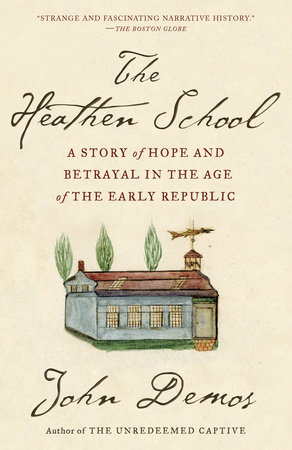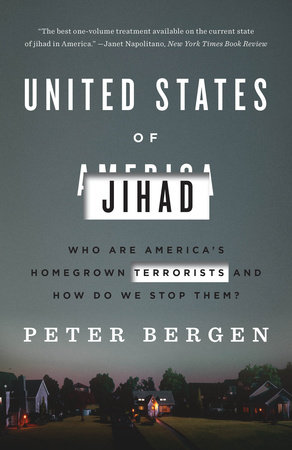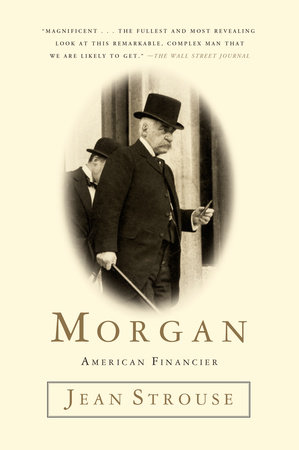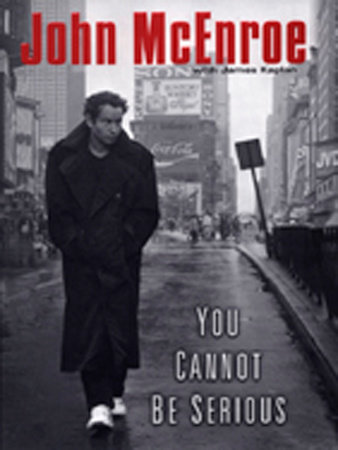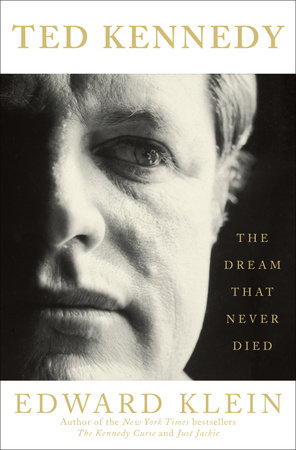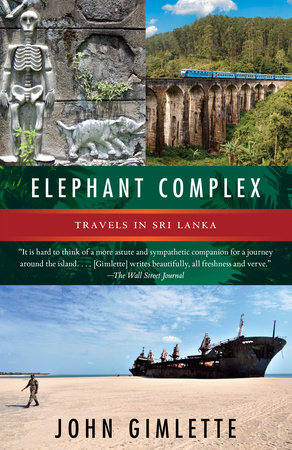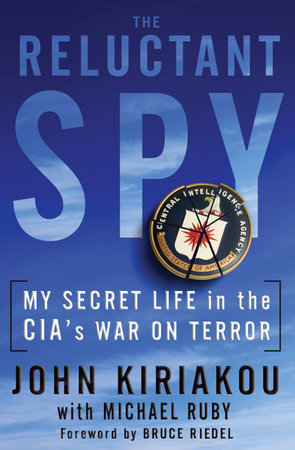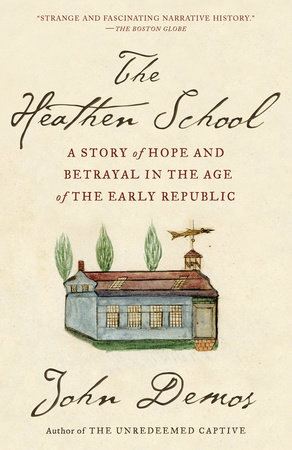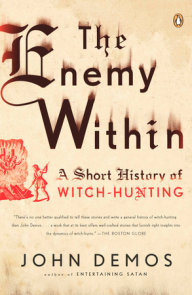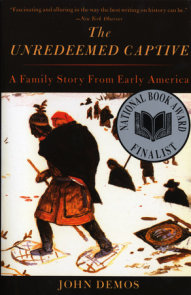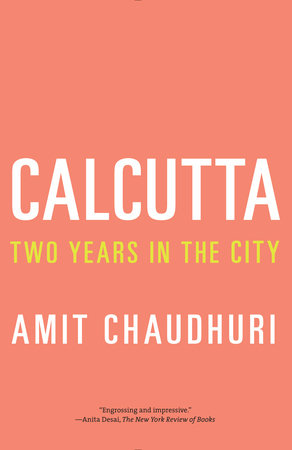Author Q&A
A conversation with John Demos, author of
THE HEATHEN SCHOOL: A Story of Hope and Betrayal in the Age of the Early Republic
Q: Your last book, THE ENEMY WITHIN was about witch-hunting in the western world. What
inspired you to write THE HEATHEN SCHOOL?
A: The story at the heart of THE HEATHEN SCHOOL appealed to me both for its narrative power and for its resonance to key themes in American culture and history. As I write in the Prologue, the latter especially include exceptionalism. As the child of immigrants who saw in their fortunate lives a kind of proof of exceptionalism, I’ve long wanted to write about this.
A second theme is the challenge posed by human difference (race, in particular), another key to our culture as well as the story. Then, finally, the question of failure: what happens when any of us, or any institution (like the school), overshoots and goes down in flames? Taken together, these elements seemed more than enough to warrant a book.
Q: THE HEATHEN SCHOOL is the story of a school in Cornwall, Connecticut, but it is also a
national, even international, story. You say that writing this book has taken you “into some very deep layers of the American past.” How so?
A: I see the book as a kind of case study, a small but vividly enacted instance of things that are crucial to our country’s history. For example, the idea that America has a redemptive mission to the rest of humankind lies near the center of our national DNA. It started with the Puritan colonists in the 17th century, who proposed to build a “city on a hill” as an all-embracing spiritual consummation. It was recharged in the era of the Revolution: America as a model of equitable, republican-based, governance. It was renewed and updated in the 19th century: America as a “beacon of freedom” for immigrants and other aspirants to a fully self-made life. It appeared again in the 20th century, especially around the two world wars, both of them fought in the name of democracy against totalitarian enemies.
The Heathen School was a microcosm of this idea and these goals: tiny though it was, its leaders envisioned it as the germ of a universally significant project. Even at ground level the school displayed an extraordinary geographic range; the scholars (as they were then called) came from all over the world. And the mixing of so many different racial and ethnic strains—Pacific islanders, east Asians, European Jewry, Native Americans—forecast the kind of multicultural people we have become today.
Q: Your research led you to Hawaii, Cornwall, and the Cherokee Nation. How did these trips inform your writing? What did you discover that most surprised you?
A: At the outset I had no plans for special travel. And when, after a while, I decided to go to Hawaii, it was from barely more than a whim, a vague feeling that I might find something revealing and pertinent about Henry Obookiah (a leading character in the story of the school, but born and raised in Hawaii). In fact, I found much more than I anticipated, all kinds of clues and other nuggets. But, most of all, my personal experience of those islands—their look, their sound, their “aura”—was galvanizing.
As soon as I got home, I knew that I had to include my trip in the book. Then, having written on Hawaii, it seemed I must try for the same with two other venues central to the story: Cornwall and the Cherokee Nation (its original site in what is today north Georgia). I wrestled quite a bit with how to handle this material: travelogue or history? First-person voice or something else? Past or present tense? For certain, these parts are unusual in historical writing; I’m not sure how readers will react to them.
Q: What role did the China Trade play in setting the stage for the Mission School’s founding?
A: The beginnings of the Foreign Mission School (that was its official name, with “heathen school” as a more colloquial form of reference) can be traced to Obookiah’s arrival in New Haven, following escape from his homeland on a trade-ship that had stopped there en route to China. His subsequent conversion to Christianity led many in New England to think that the same result could be achieved on a much wider scale: hence the plan for a special academy that would educate, convert, and “civilize” indigenous youth from all around the world.
Other young men would soon follow the same route—from their natal homes in Hawaii, to work aboard Pacific trade ships, to arrival in the United States, to the Mission School. It was this group that formed the core of pupils in the school’s earliest phase. Hence it is reasonable to speculate that without the China Trade there would have been no reason to conceive such a project, in the first place. Of course, too, the China Trade was itself a manifestation of national outreach. In that much broader sense it set the stage for the school’s creation (and for other missionary work as well).
Q: Why did the founders decide on Cornwall, CT for the school’s location?
A: The founders wanted to find a secluded spot on which to locate their school, a place where their goals could be realized without distraction or competition from outside influences. Cornwall qualified: its positioning in far northwestern Connecticut served as a barrier to contact with the world at large. In addition, its citizens had a reputation for strong piety. Finally, the town offered inducements—the use of local buildings, for instance—in a kind of bidding war against other communities that also wished to be selected as the school’s site.
Q: Henry Obookiah, one of the first students at the Mission School, had strong ties to Yale, where you’re a professor. What role did Yale play in supporting students of the Mission School over the years?
A: Obookiah’s first appearance in New Haven, at least the first to be noticed and remembered, was on the steps of Yale College. There, one autumn day in the year 1809, he was observed quietly weeping. When asked by passing undergraduates the reason for his distress, he said, “because nobody gives me learning.” This was sure to get their attention; almost at once, they offered encouragement, lodging, and instruction. He moved right in with one of the students, and then was taken to the home of Yale’s president, Rev. Timothy Dwight. Several of his Hawaiian compatriots were also welcomed at the college. So Yale did play an important role in the opening part of the story. And Yale continued to figure in its later parts as well. The school’s founding charter was signed in Rev. Dwight’s living room, and its agents (trustees) included Yale graduates and professors.
I like the fact that Yale has been my place, too. I’ve recently retired after many years on the faculty, but can’t honestly say this has much to do with my book. I didn’t choose the story because of Yale; in many ways the story chose me, quite apart from Yale. It did help that our library holds crucially relevant documents. But even more of those, I have to say, turned up at Harvard.
Q: Donations to the American Board of Commissioners for Foreign Missions (ABCFM) soared to nearly thirty thousand dollars in the year of the Mission School’s founding. How did the Cornwall community feel about opening the Mission School? What was the general sentiment throughout New England?
A: The excitement around the founding of the Mission School was widespread, deep, and absolutely genuine. The evidence is found, for example, in lists of personal donations published at regular intervals by the religious press. These start at the level of “two straw hats,” “a bushel of white beans,” “a dozen candle snuffers”; at the upper end they reach $2000 in cash (the equivalent of perhaps $30,000 today). Most of the donors were humble folk, some of them living in Cornwall, many others in villages and towns scattered across New England, and beyond. As word spread, gifts came even from overseas: a Swiss “baron,” “a Prussian nobleman,” a “Russian prince,” a “Liverpool gentleman,” and so on. Excitement could also be measured in the arrival of visitors—some hundreds per year. Finally, the coffers of the American Board of Commissioners for Foreign Missions were swelled by its sponsorship of the school. All signs point in the same direction: excitement, yes; fascination, too; and, perhaps most of all, transcendent hope.
Q: Soon the Mission School considered itself a success, and had a regular admissions process, requiring advance communication and written “testimonials of an applicant’s moral and Christian character.” The school even became something of a tourist attraction (one of the three leading “points of interest” in the state of Connecticut). But what were some critiques of the school’s mission?
A: From the start, there were doubters, skeptics, and outright opponents of the school and its goals. In their view, missionary work had no sanction in the Bible (thus it infringed on God’s sovereign will), and was, in addition, wildly impractical (since the heathen were inherently “savage” and irredeemable). Indeed, some regarded missions as a kind of scam, concocted by clergy bent on extending their influence beyond its proper limits. These same suspicions also targeted a good many women, since much of the ground level support involved female church members. The ultimate threat was that missions might lead to a “topsy-turvy world” in which traditional racial and gender hierarchies were radically upended.
Q: Thomas Hopoo, star pupil at the Mission School, returned to Hawaii and married a native woman in the first wedding “celebrated at these islands in the manner of the christians.” What happened next?
A: Thomas Hopoo was considered the most promising of all the young Hawaiians enrolled at the school. The trustees and principal expected him to lead the way in opening his homeland to Christian influence. During the first weeks and months after his return he did exactly that: preached in newly, founded churches, taught school, and married a native woman in what was, indeed, Hawaii’s first Christian wedding. But then he was found to have committed adultery not once, not twice, but “in twenty instances or more.“ His connection to the mission was severed forthwith; after that he disappears from the record. The story of Hopoo prefigured other cases of failure among the returnees to Hawaii; hardly any of them fulfilled the high hopes of their teachers and sponsors. There was equal disappointment about other returning groups (Indians, Jews, Chinese). Almost everywhere the outcome was the same: neglect of Christian faith and practice, and reversion to uncivilized (i.e. native) ways.
Q: You write about intimacy across racial boundaries, reaching back to 1619 when the Virginia planter John Rolfe courted and married the local Indian princess Pocahontas, to the marriage in 1824 between John Ridge, Cherokee Indian scholar, and Sarah Bird Northrup, white daughter of the Mission School steward. Many believed that “Marriage was for persons of the same race; the Almighty had willed it so, and ancient tradition fully concurred.” Why was the marriage between a Cherokee Indian and a white girl from Cornwall so troubling to the Cornwall community?
A: I think if we could somehow ask one or another Cornwallite (circa 1820s) about this, he or she would say: it’s one thing that we should bring them here, convert them, educate them, civilize them, and entirely another that they should marry our daughters! The point is that marriage across racial lines was deeply unacceptable for almost all white people of that era, including many who were otherwise quite liberal minded. There was, to be sure, a long history behind this, starting virtually from the first moments of European colonization in the 17th century; a settled pattern that would not easily bend or break. Indeed, a full hundred years later, when the Mission School was long gone and mostly forgotten, many states still carried anti-miscegenation laws on their books. I think the roots of this have always been deeply psychological, an inward cluster of fear, self-doubt, and pride. White dominance, and male dominance too, required that racial boundaries be strictly maintained. It was men of color marrying white women that felt so threatening, not the other way around.
Q: Following the marriages of John Ridge and Sarah Northrup, and Elias Boudinot (a Cherokee scholar) and Harriet Gold (daughter of a long-time supporter of the school), donations to the
Mission School “dropped from roughly five hundred dollars per quarter in 1823 to sixty dollars the following year. You write, “The closer to Cornwall, the more likely (and more energized) the outrage; conversely, distance opened a door to romanticizing.” What do you mean by this?
A: The sharpest attacks on the two intermarriages came from within a short radius around Cornwall. I think the distress aroused in such morally charged situations gets heightened by nearness, whereas distance serves as a buffer. In this case, distance made room even for an old, very different, and distinctly romantic current of feeling about Indians—one that cast them as noble primitives, children of Nature unspoiled by the artifice of modern social arrangements. Some of that appeared in the more tolerant responses of people far from the center of the action.
Q: There was actually more tolerance for miscegenation in the 1790s than in the 1820s. How had America moved backwards in terms of tolerance? Has that happened at other points in American history?
A: It would be risky to profile racial attitudes over a long stretch of time, but they do go up and down. The years immediately following the Revolution (say, 1785-1810) seemed to offer openings to inclusiveness (if not equality) for people of all kinds. Thus the Washington and Jefferson administrations could propose policies expressly designed to bring Indians within the national mainstream. Thus, too, racial amalgamation seemed at least imaginable. By the 1820s, however, such hopeful prospects had dimmed. The relentless advance of white settlement into Indian lands produced more and more occasions for conflict. And heightened controversy over slavery invested the whole matter of color difference with new meaning; nonwhites, whether Indians or African Americans, were discounted and downgraded. I do think similar ups and downs have appeared in other periods of our history. The 1920s, for example, were a markedly intolerant time, our own era somewhat less so. Of course, all this is relative; racism has been present, and powerful, throughout. Still, no black person could have been elected president prior to this century.
Q: President Jefferson declared to a visiting Indian delegation, “The day will soon come when you will unite yourselves with us, join in our great councils, and form a people with us, and we shall all be Americans; you will mix with us by marriage; your blood will run in our veins and will spread with us over this great continent.” Later, President Monroe said in a report to Congress, “It is impossible to incorporate [Indians] in such masses, in any form whatever, into our system.” The Jackson administration refused to enforce the 1832 Supreme Court decision in Worcester v. Georgia. What can we learn from these contrasting approaches? How does this remind us of politics today?
A: What we can learn is that change happens. There is good social science evidence that people’s attitudes are not fixed. In particular, proximity—living and working in close contact with others of different race and culture—can soften old animosities. If polled today on the views expressed by Jefferson versus Monroe, most Americans would side with the former. Change comes hard in such deeply embedded matters, but we shouldn’t abandon hope for something different and better.
Q: Missionaries eventually decided that bringing heathens to America would likely reduce—not increase—their effectiveness after returning home (a conclusion that was, of course, contrary to the founding principles of the Mission School). While the goal of worldwide “salvation” remained as before, how would the approach change?
A: The view that missionaries adopted, after closing the Mission School, was pointed overseas. Worldwide salvation should begin in the homelands of the heathen themselves. In the U.S.A., direct contact with American life and culture seemed to produce an unfortunate, softening effect; the young men at the Mission School, for example, had been morally and psychologically weakened by such exposure. Things would go better if the work of conversion, education, and civilization were centered wherever it was they came from. Or at least that became the dominant line of argument. Personally, I have my doubts. I think this shift of strategy was also, for the missionary movement as a whole, an escape from embarrassment, not to say failure. Let’s just put this whole unfortunate “experiment” out of sight, and just try something else.
Q: Describe the transition from a “reform” approach to an “ethnic cleansing” approach. How did John Ridge and Elias Boudinot become leading advocates of encouraging Cherokees to emigrate from their homes?
A: Between about 1810 and 1830 there was a gradual but steady shift of emphasis in public attitudes toward Indians and their presence within the territory claimed by the United States. The process was rooted, first of all, in demographic growth—the rapid increase in the white population, and the resultant pressure of advancing settlement on what had traditionally been the homelands of native people. This led in a pretty straightforward way to increased occasions for conflict, sometimes amounting to full-scale warfare. The overall result was a renewal of old images of Indians as violently “savage”—and thus unworthy of consideration for anything like American citizenship. This trend was no less meaningful for being effectively circular: you push them hard, they resist, you come to see their resistance as “savage,” and then you push all the harder. These pressures were felt especially in the southern states, most of all in Georgia where the Cherokees were deeply entrenched. John Ridge and Elias Boudinot, as leaders of their Nation, responded (reluctantly) by acknowledging what they saw as simple reality—that, given the totality of these circumstances, the Cherokees had no alternative to emigration.
Following their time at the school, John Ridge and Elias Boudinot went home to the Cherokee Nation, and almost immediately were cast as leaders. The removal idea was in the air was, indeed, a signal objective of many white Americans, while Cherokees, to a man (or woman), resisted. Ridge assumed a key role as negotiator with federal authorities, Boudinot voiced the Nation’s position in the pages of the newspaper he founded, The Cherokee Phoenix. Both men’s efforts in opposition to removal were unstinting, through a period of nearly a decade. But when the Supreme Court ruling in favor of the Cherokees was ignored by the Jackson administration, both reversed themselves and embraced (what they preferred to call) emigration. Why? First, they decided that further resistance was hopeless; the Nation could not possibly withstand the full power of the U.S. government. But I think, too, there was something else involved. The betrayal (as they saw it) of the federal government around removal evoked for them a parallel, and personal, betrayal at Cornwall many years before: the way, in short, their teachers and sponsors had deserted them on the intermarriage question. And so, they concluded: we must take our people as far away as possible from such morally compromised circumstances.
Q: By 1826, enrollment in the Mission School had dropped from 35 to 15, before it eventually closed. What can we learn from this experiment that was, ultimately, a failure? How can these lessons be applied today?
A: There is much to learn from the failure at the heart of the heathen school story, some of it quite specific to that time and place and project, and some widely generalizable. The specific includes what I would call a kind of myopia in the Protestant clergymen who conceived and ran the school. They were unable, or unwilling, to give any credit to the cultural identity of their heathen charges. They were utterly certain that they knew best, that their way—and theirs alone—was correct. Put differently, they greatly underestimated the difficulties of the transformation they had proposed in the scholars’ entire lives and psyches. It is hard sometimes not to see them as smug, unyielding, arrogant. Yet, of course, they were operating in ways consistent with their own cultural identity; there was nothing inherently false in their intentions. And as for the generalizable: it’s simply the folly, and danger, of over-reaching, a kind of unthinking hubris. Connections to our own situation today may seem overly glib and facile; but it’s hard not to think, for example, of recent American military advenures—Vietnam, Iraq, Afghanistan.
FOR BOOKING INFORMATION:
Erica Hinsley / ehinsley@randomhouse.com / 212-572-2018
